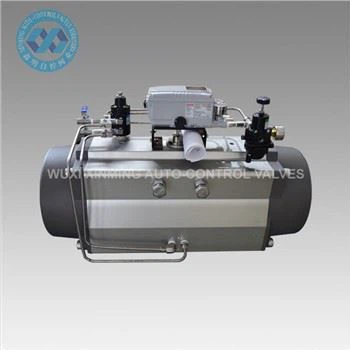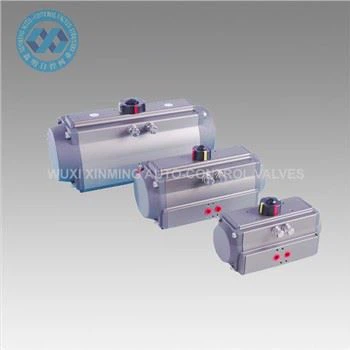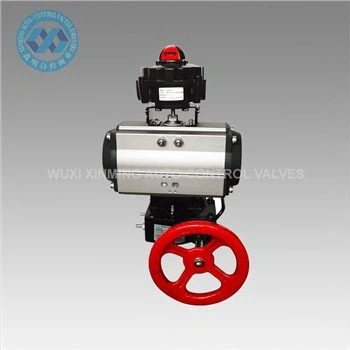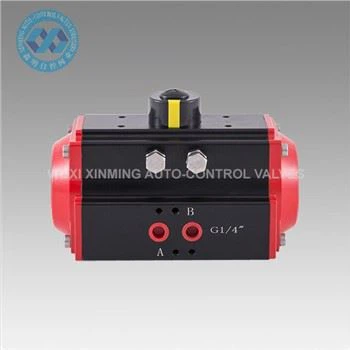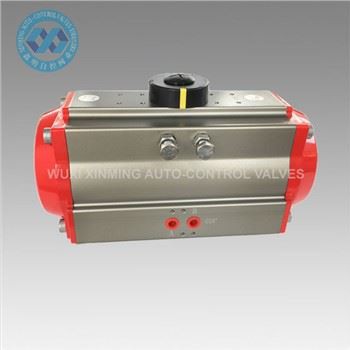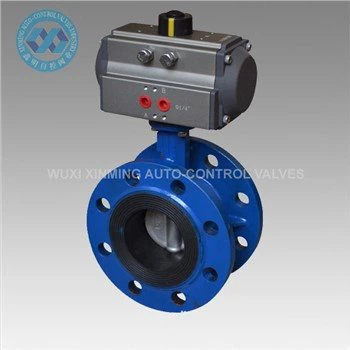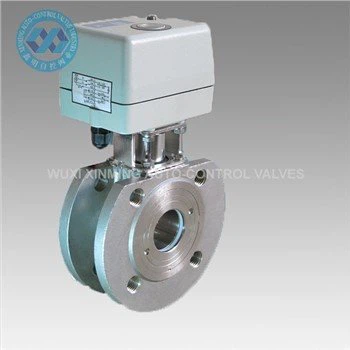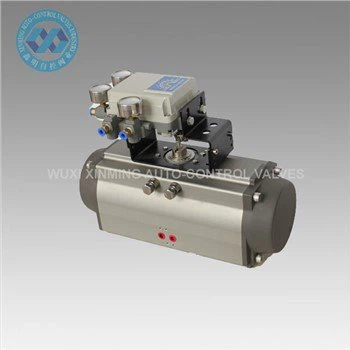1. Definition and Core Principles
High torque pneumatic actuators are devices that convert compressed air energy into rotational or linear mechanical motion with enhanced torque output, typically exceeding conventional pneumatic systems. These actuators leverage optimized mechanical designs—such as Scotch yoke mechanisms8, antagonistic soft actuator assemblies1, or differential elastic configurations4—to amplify force transmission while maintaining compactness and energy efficiency.
2. Key Structural Innovations
- Antagonistic Soft Pneumatic Actuator Assembly (STAS): Combines dual-chamber soft robotics principles to achieve high torque-to-weight ratios, ideal for delicate industrial tasks requiring precision and compliance.
- OFW-DL Type Nutation Motors: Integrates diaphragm-driven pneumatic chambers and lever-based torque amplification, enabling small-sized actuators (e.g., φ10 diameter) to deliver torque outputs comparable to larger hydraulic systems.
- Scotch Yoke Mechanisms: Utilizes sliding-block kinematics to transform linear piston motion into high-torque rotary action, widely adopted in industrial valve control (e.g., 5000 Nm output models).
3. Industrial and Robotic Applications
- Pipeline Inspection Robots: Differential Elastic Actuators (DEAs) with rubber springs provide bidirectional elasticity and high stiffness, critical for generating traction in vertical pipelines with smooth surfaces.
- Valve Automation: High-pressure pneumatic actuators (e.g., double-acting designs) ensure reliable valve positioning in oil, gas, and chemical processing, often paired with valve positioners for feedback control.
- Soft Robotics: STAS actuators enable safe human-robot interaction in collaborative manufacturing, leveraging compliance to handle fragile objects without sacrificing torque.
4. Performance Challenges and Solutions
- Friction and Inertia: High-reduction gear systems in traditional actuators introduce torque measurement errors; solutions include force-sensing resistors (FSRs) and Series Elastic Actuators (SEAs).
- Pressure Limitations: Advanced sealing technologies (e.g., pneumatic diaphragm designs6) mitigate leakage risks in high-pressure environments (up to 20 bar8).
- Compactness vs. Power: Miniaturized designs (e.g., OFW-DL motors3) balance torque density with spatial constraints for applications like medical robotics.
5. Future Trends
- Hybrid Actuation: Integration with electric or hydraulic systems for multi-modal force control.
- Smart Materials: Shape-memory alloys and self-healing polymers to enhance durability in extreme conditions.
- AI-Driven Optimization: Machine learning algorithms for predictive maintenance and torque calibration.
If you want to learn more about low-priced products, please visit the following website: www.xm-valveactuator.com


